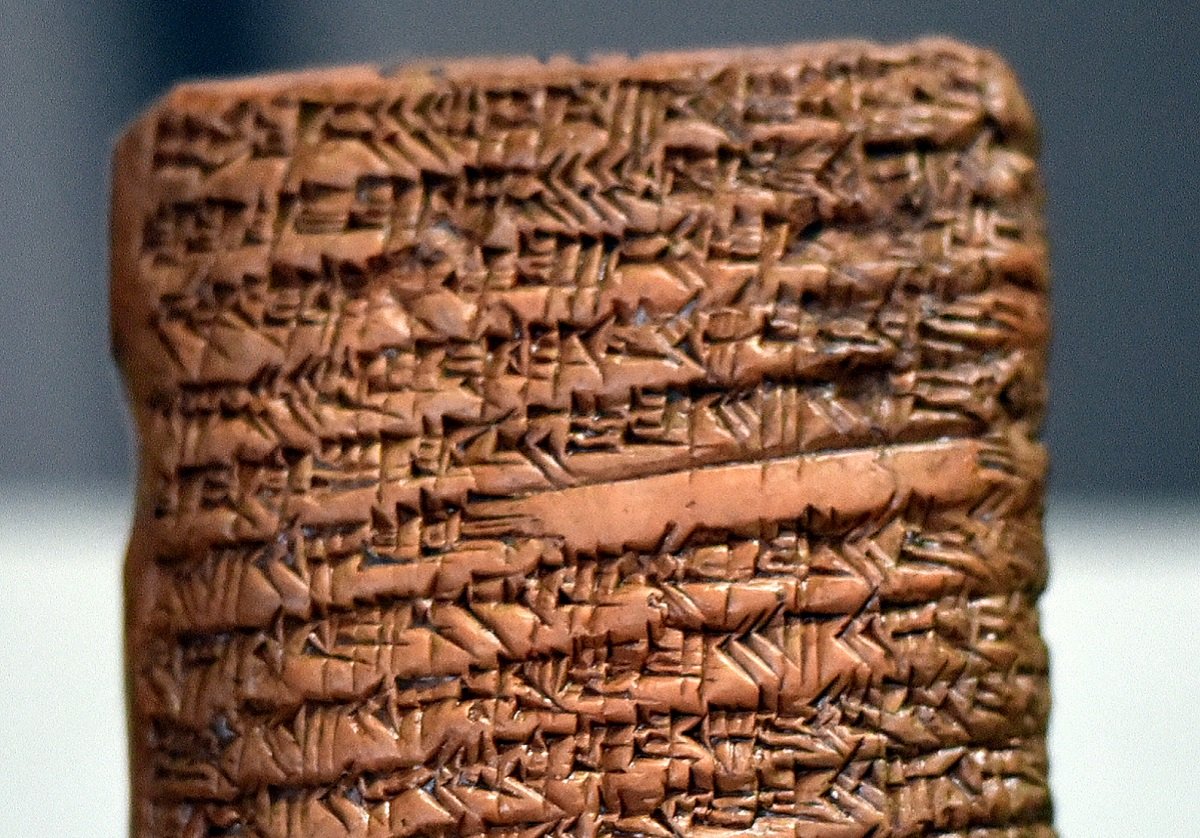
Those who have studied mathematics for any period of time have probably cursed Pythagoras. Unless they were fans of triangles, in which case they must have chanted “Glory to Pythagoras.”
However, while Pythagoras was an important historical figure in the development of mathematics, he did not understand the equation most closely associated with his name (a).2 + b2 = c2). In fact, an ancient Babylonian tablet (called IM 67118) uses the Pythagorean theorem to find the length of the diagonal inside a rectangle. The tablet, which was probably used for teaching, It dates back to 1770 BC, That is, centuries before his birth Pythagoras around 570 BC.
Another tablet dates back to about 1800-1600 BC. It has a square with distinct triangles inside. Translating signs from base 60 – the measurement system used by the ancient Babylonians – showed that ancient mathematicians knew the Pythagorean Theorem as well as other advanced mathematical concepts.
“The result is inevitable. The Babylonians knew the relationship between the length of the diagonal of a square and its side (d = a√2).” Mathematician Bruce Ratner writes. This was probably the first number known to be irrational. However, this in turn means that they were familiar with the Pythagorean theorem – or at least, with its special case for the diagonal of a square d2 = a2 + A2 = 2a2) – more than a thousand years before the great sage after whom it is named, he adds.
Why was this attributed to Pythagoras? There is no original writing of it Pythagoras. What we know about him was passed down by others, especially the Pythagoreans – members of the school he founded in what is now southern Italy. The school, called the Pythagorean Semicircle, was secret, but the knowledge learned or discovered there was passed down and often attributed to the man himself.
Ratner points out that “one reason for the scarcity of original Pythagorean sources is that Pythagorean knowledge was transmitted from one generation to another by oral word, where written material was scarce.” “Moreover, out of respect for their leader, many discoveries made by the Pythagoreans were attributed to Pythagoras himself. This would explain the term ‘Pythagorean Theorem.’
Although Pythagoras did not invent the theorem, his school certainly did a favour And he was associated with it for at least the next thousand years.

“Hipster-friendly coffee fanatic. Subtly charming bacon advocate. Friend of animals everywhere.”





More Stories
“Russia should not win in Ukraine”
The man moved to a five-star, all-inclusive hotel because it was cheaper than his rent
USA: The cursed steamship Adela Shores that disappeared 115 years ago has been found – Newsbomb – News